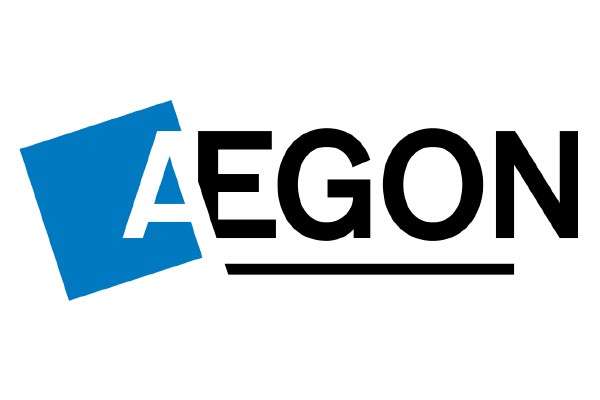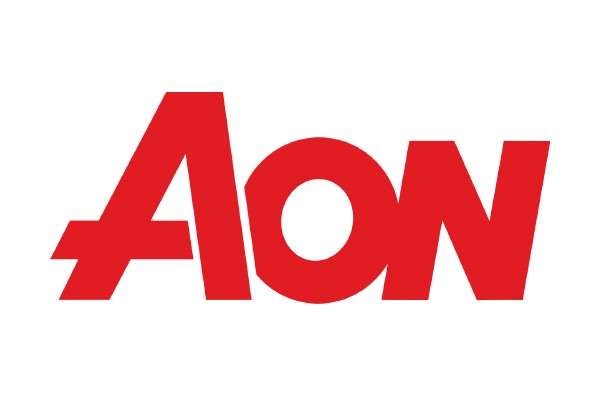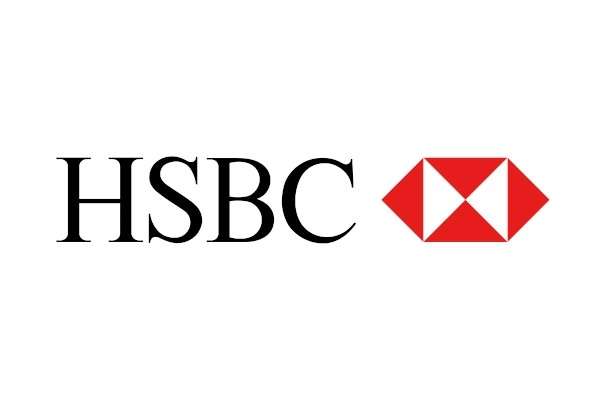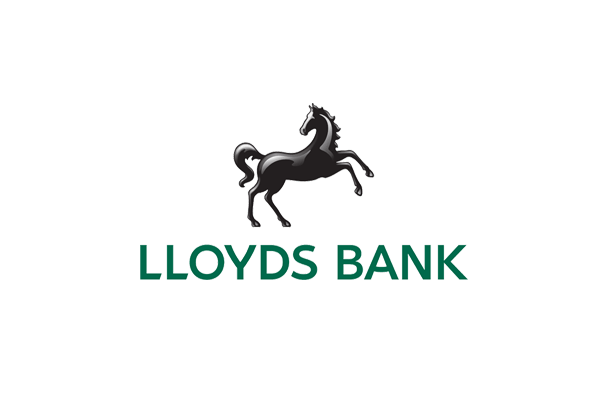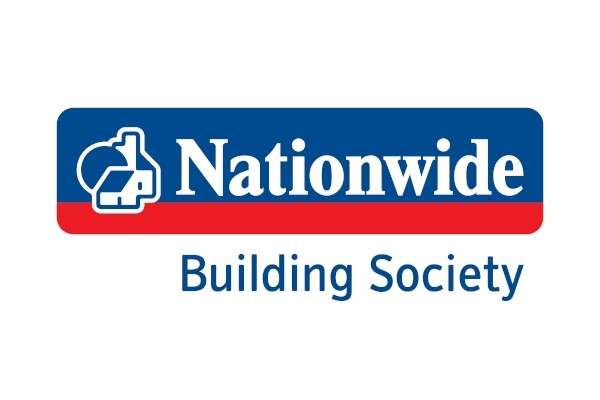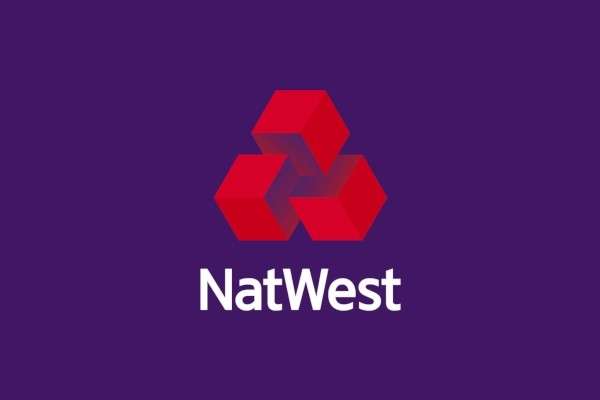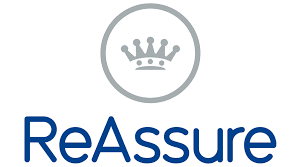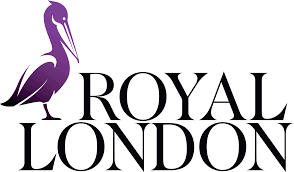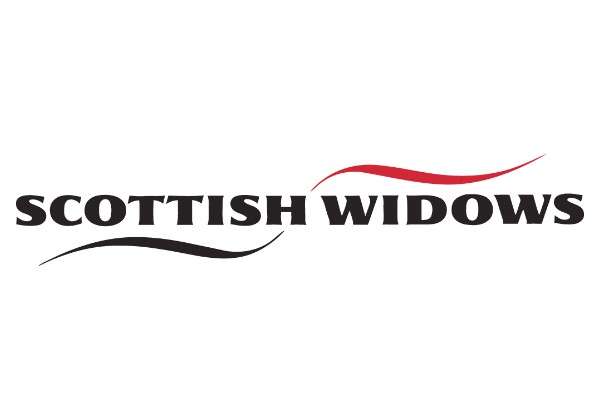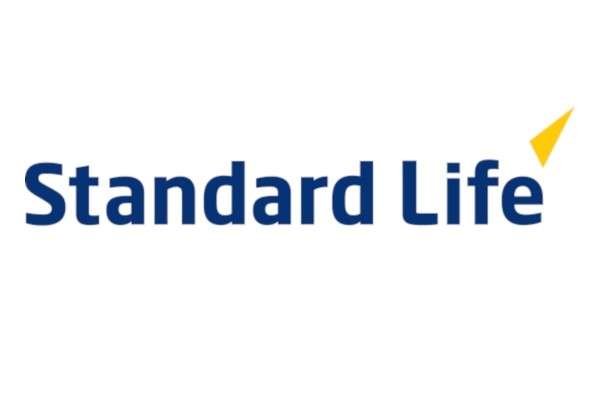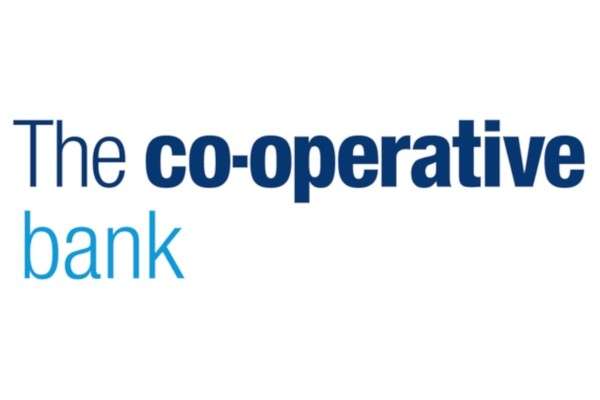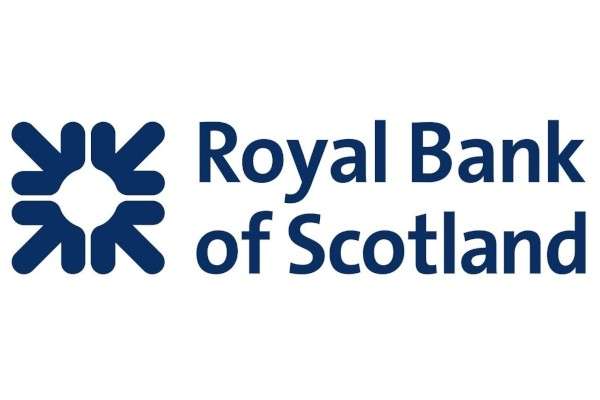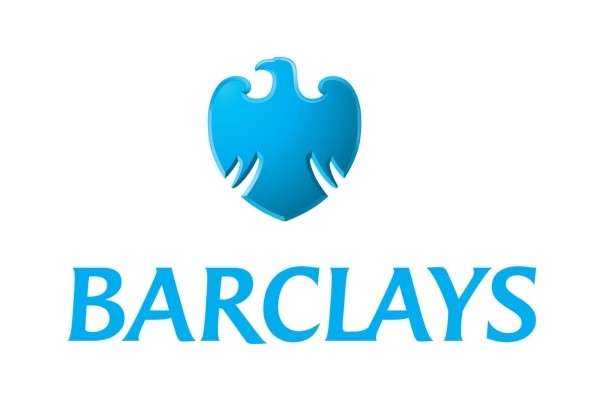
Additional Voluntary Contributions
Additional Voluntary Contributions
What is a Free Standing Additional Voluntary Contribution Pension?
A Free Standing Additional Voluntary Contribution Pension (FSAVC) was implemented for members of a workplace pension scheme to build up additional pension benefits. A free-standing additional voluntary contributions pension scheme could be considered a gamble as its growth depends on the stock market because it is investment based.
Search for a Company to begin a Claim
The schemes became available from 26 October 1987 and had many similarities to personal pension policies. However, they can be used to increase the pension provision of members of an occupational pension scheme.
Freestanding additional voluntary contributions are separate from the occupational pension scheme. The consumer directly pays contributions to the provider, net of basic rate tax. It is also possible to claim higher-tax relief from the Inland Revenue through the tax return of the consumer.
FSAVC are known as money purchase arrangements. What this means is that the contributions are invested and so grow with the returns of investments.
This means that they produce a fund on retirement which has to be used to provide retirement benefits.
How much you receive depends on two factors. The first is the investment returns that were achieved on their policy after the charges and the annuity rates available when retiring which are used to convert the pension fund into an income.
They are different from additional voluntary contribution arrangements because these go through the employer. This works by the employer deducting contributions from your salary and then taxing the salary afterwards. What this results in is the taxpayers who pay a higher rate receiving full tax relief immediately.
In contrast, in-house additional voluntary contribution (AVC) arrangements are run by the employer. Under this arrangement, the employer deducts contributions from the consumer’s salary, before deducting tax from the salary. This means that higher-rate taxpayers receive full tax relief immediately. New pension rules in 2018 ensured that employers had to enrol their workers into a workplace pension scheme automatically.
How Much Can I Invest Into an FSAVC?
Before April 2006, you could contribute a maximum of 15% of your salary into your Free Standing Additional Voluntary Contribution Pension along with other benefits, such as a bonus, to their AVC.
However, since 6th April 2006, the limit of 15% was taken away and now no longer applies. The maximum amount that you can contribute to your pension arrangements in any tax year is now 100% of your earnings, up to a specific maximum (which in the tax year of 2011/12 was £50,000). There is also a lifetime allowance which limits the value of an FSAVC or any pension arrangements that you can accumulate.
Have I been Mis-sold an FSAVC?
A review was conducted for over ten years, from 1988 to 1999, into FSAVC and found that a lot of poor advice was given by financial advisers during that period. It found that a large number of customers were not told about the risks that were involved with a Free Standing Additional
Voluntary Contribution Pension. Furthermore, some customers were advised that would be in a better financial position if they made additional voluntary contributions to an employer pension scheme. This is the Additional Voluntary Contribution Pension which was mentioned at the start of this article.
FSAVC’s could have resulted in you missing out on retirement income because they have higher management charges than Additional Voluntary Contribution Pensions which are carried out by the employer. They could also result in the salesman profiting more through higher commission rates.
In total, complaints about being mis-sold pensions have resulted in over £11 Billion in compensation being awarded for poor advice which has been damaging to the future financial position of the consumer.
In short, thousands of people have been poorly advised to take out a Free Standing Additional Voluntary Contribution (FSAVC), instead of topping up their existing pension. This has resulted in their funds suffering and their pension fund being worth a lot less than it should be. This is because of the loss of benefits from the company pension scheme as well as the high costs of an FSAVC.
You may have been mis-sold an FSAVC if one or more of the following has happened to you:
- You were not told auto-enrolment to an Additional Voluntary Contribution (AVC) would be better value for money.
- You were not advised of the risk that investing in an FSAVC would bring.
- You were not informed of the higher management charges.
- You had a public sector pension with the option to purchase a number of added years.
What Am I Entitled To?
If your FSAVC mis-selling claim is successful, then the company who sold you the Free Standing Additional Voluntary Contribution has to restore your financial position to what it would have been if you were the recipient of correct advice from financial advisers.
This could mean that you are entitled to see how much money you have lost out on, including the benefits you’ve lost out on, through a pension loss calculation. It is also a possibility that you are given the difference in the charges between an FSAVC and the AVFC workplace pension scheme.
In 2014, FSAVC mis-selling claims received an average amount of £7,000 in compensation whereas there have been instances where a single complaint has resulted in compensation of as much as £60,000.
New Pension Rules 2018
In 2018 New Pension Rules were implemented so that every employer in the United Kingdom will have to provide a suitable workplace pension scheme for their employees. Your employer must legally enrol you into a pension scheme and make minimum contributions to it if you’re eligible for some payments.
The new pension rules 2018 also ruled that employers must not force or even encourage you to opt out of the pension scheme or discriminate against you for staying in a workplace pension scheme. They also cannot imply that if you were to opt out of the pension scheme, then you would get
another job and are unable to close a workplace pension scheme without setting up and enrolling employees onto another one.
To make it clearer, and to avoid FSAVC selling in the future, the new pension rules 2018 have also stated that your employer must write to you in person with specific information on the workplace pension scheme. This must include how to leave the scheme, who runs the scheme and how much you and your employer have to contribute to it.

